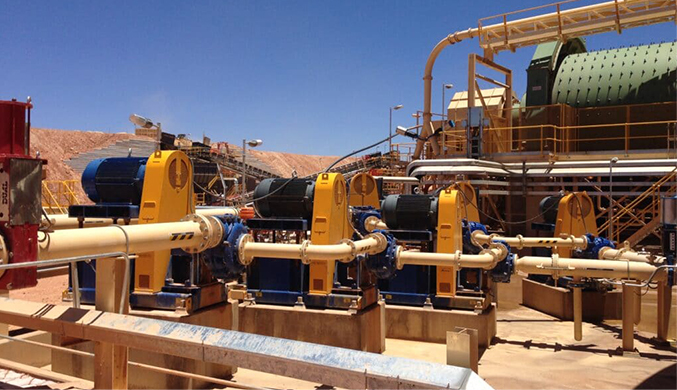English
- Afrikaans
- Albanian
- Amharic
- Arabic
- Armenian
- Azerbaijani
- Basque
- Belarusian
- Bengali
- Bosnian
- Bulgarian
- Catalan
- Cebuano
- Corsican
- Croatian
- Czech
- Danish
- Dutch
- English
- Esperanto
- Estonian
- Finnish
- French
- Frisian
- Galician
- Georgian
- German
- Greek
- Gujarati
- Haitian Creole
- hausa
- hawaiian
- Hebrew
- Hindi
- Miao
- Hungarian
- Icelandic
- igbo
- Indonesian
- irish
- Italian
- Japanese
- Javanese
- Kannada
- kazakh
- Khmer
- Rwandese
- Korean
- Kurdish
- Kyrgyz
- Lao
- Latin
- Latvian
- Lithuanian
- Luxembourgish
- Macedonian
- Malgashi
- Malay
- Malayalam
- Maltese
- Maori
- Marathi
- Mongolian
- Myanmar
- Nepali
- Norwegian
- Norwegian
- Occitan
- Pashto
- Persian
- Polish
- Portuguese
- Punjabi
- Romanian
- Russian
- Samoan
- Scottish Gaelic
- Serbian
- Sesotho
- Shona
- Sindhi
- Sinhala
- Slovak
- Slovenian
- Somali
- Spanish
- Sundanese
- Swahili
- Swedish
- Tagalog
- Tajik
- Tamil
- Tatar
- Telugu
- Thai
- Turkish
- Turkmen
- Ukrainian
- Urdu
- Uighur
- Uzbek
- Vietnamese
- Welsh
- Bantu
- Yiddish
- Yoruba
- Zulu
Telephone: +86 13120555503
Email: frank@cypump.com
Nov . 27, 2024 03:59 Back to list
Comparison of Horizontal Slurry Pumps and Peristaltic Pumps for Industrial Applications
The Advantages of Horizontal Slurry Pumps and Peristaltic Pumps in Industrial Applications
In various industrial sectors, the transportation of fluids and slurries plays a critical role in ensuring operational efficiency. Two prominent types of pumps that excel in this regard are horizontal slurry pumps and peristaltic pumps. Both types of pumps are designed for specific applications and offer distinct advantages based on their operational mechanisms. This article delves into their features, advantages, and suitable applications to understand why they are essential in industrial processes.
Understanding Horizontal Slurry Pumps
Horizontal slurry pumps are specially designed to handle highly viscous and abrasive fluids, including slurries that contain solid particles. They are typically used in industries such as mining, mineral processing, and cement manufacturing. The ability of horizontal slurry pumps to manage thick and abrasive slurries makes them an invaluable asset in these operations.
One of the key features of horizontal slurry pumps is their robust construction. They are usually made from wear-resistant materials like chrome alloy or rubber linings, which enhance their durability and lifespan. Moreover, these pumps can be easily maintained and repaired, minimizing downtime in industrial operations. They are generally equipped with impellers that facilitate efficient fluid movement, making them suitable for high-capacity applications.
Advantages of Horizontal Slurry Pumps
1. Durability and Longevity The materials used in horizontal slurry pumps are specifically chosen to withstand the aggressive nature of slurries, ensuring a prolonged operational life.
2. Higher Solids Handling Horizontal slurry pumps can efficiently transfer high concentrations of solids, which is critical in mining and dredging applications.
3. Versatility These pumps can handle a wide range of slurry types with varying viscosities, making them versatile for different industry needs.
4. Easy Maintenance Their design allows for easy access to internal parts, which simplifies maintenance and reduces operational costs.
horizontal slurry pump peristaltic pump

An Overview of Peristaltic Pumps
Peristaltic pumps, on the other hand, operate on a different principle. These pumps work by compressing and releasing a flexible tube, creating a peristaltic motion that moves the fluid forward. Peristaltic pumps are particularly well-suited for applications involving gentle handling of fluids, including those that are sensitive or contain solids.
The construction of peristaltic pumps typically involves fewer moving parts than other pump types, which reduces the likelihood of mechanical failure. Additionally, since the fluid only comes into contact with the tube, these pumps minimize contamination risks, making them an excellent choice for pharmaceutical and food and beverage industries.
Advantages of Peristaltic Pumps
1. Excellent for Sensitive Fluids Peristaltic pumps can handle shear-sensitive fluids without damaging them, which is crucial in the pharmaceutical and food industries.
2. Minimal Contamination Because the medium is contained within a flexible tube, the risk of contamination is significantly reduced.
3. Self-Priming Capability Peristaltic pumps can handle low-viscosity fluids and can be self-priming, which simplifies operation.
4. Low Maintenance With fewer moving parts, maintenance is less frequent and often less complicated.
5. Variable Flow Rate The flow rate can easily be adjusted by changing the rotational speed of the pump, providing flexibility in operations.
Conclusion
In conclusion, both horizontal slurry pumps and peristaltic pumps offer unique advantages tailored to specific industrial applications. Horizontal slurry pumps are the go-to choice for transferring thick, abrasive slurries in heavy industries, whereas peristaltic pumps shine in applications that require gentle handling and minimal contamination. Choosing the right pump depends on the specific requirements of the application, taking into consideration factors such as fluid characteristics, operational environment, and maintenance needs. Understanding the strengths of each pump type can help businesses optimize their processes and achieve greater efficiency.
-
Horizontal Split Case Pump with GPT-4 Turbo | High Efficiency
NewsAug.01,2025
-
ISG Series Pipeline Pump - Chi Yuan Pumps | High Efficiency, Durable Design
NewsAug.01,2025
-
Advanced Flue Gas Desulfurization Pump with GPT-4 Turbo | Durable & Efficient
NewsJul.31,2025
-
ISG Series Vertical Pipeline Pump - Chi Yuan Pumps | Advanced Hydraulic Design&Durable Construction
NewsJul.31,2025
-
ISG Series Vertical Pipeline Pump - Chi Yuan Pumps | Energy Efficient & Low Noise
NewsJul.31,2025
-
pipeline pump - Chi Yuan Pumps Co., LTD.|High Efficiency&Low Noise
NewsJul.31,2025










